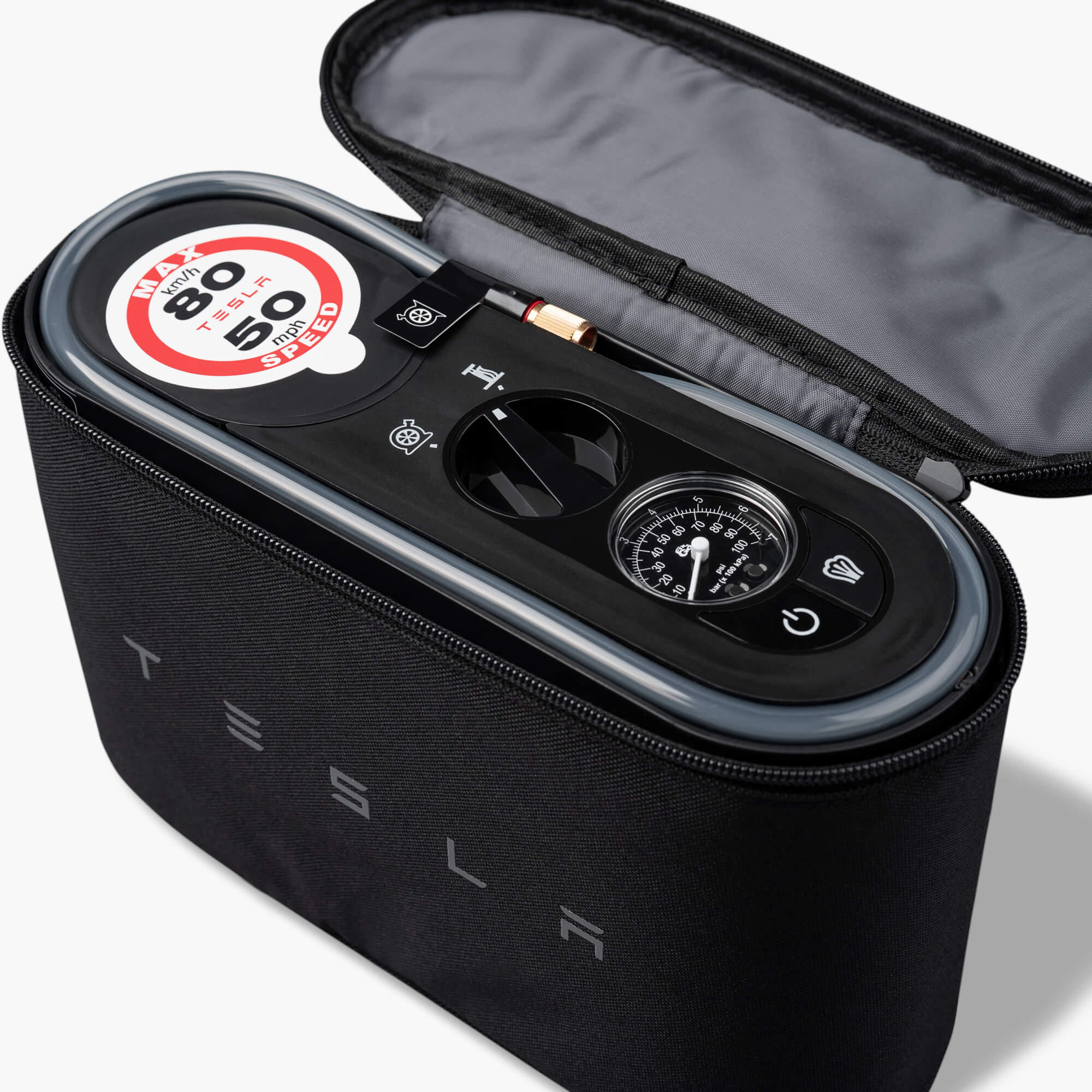rotarypower101
Member
Thanks, the question is more about how the new 16V battery doesn't have traditional battery posts limiting access with that type of connection, as well as the curiosity does the LV DC system via the power socket also have the elevated voltage of ~16VDC?The published specs that I can find about the Viair 300P is that the motor voltage is 12V. Nothing about the maximum or minimum. If you have one of these I'd contact the manufacturer and inquire about a 16V input voltage.
edit: I'd have to think that something like this should be able to accept at least 14.5V input as that is typically what one would see if the (ICE) car is running and the alternator supplying charging voltage.
Do people have to be careful what items they are utilizing in the power socket with the newer 16V cell, or has it been regulated down to a nominal 12VDC? Because I don't think the trailer plug wiring has, so speculating the existing LV DC system is similar and looking for clarification?




